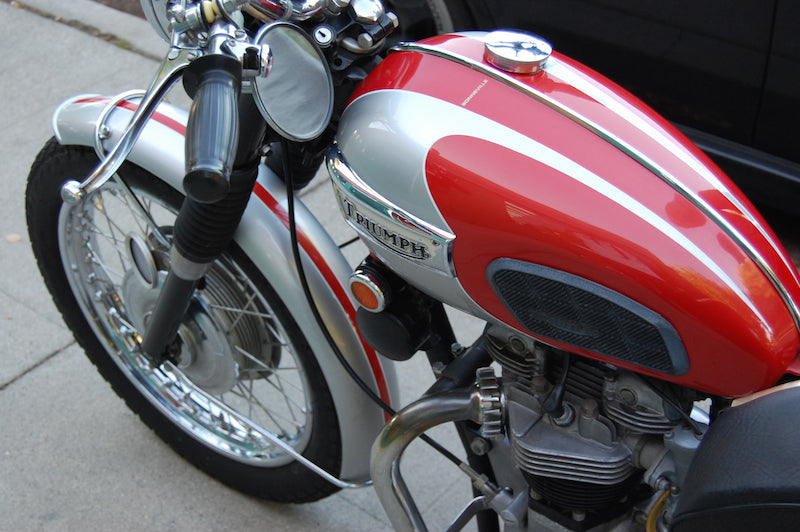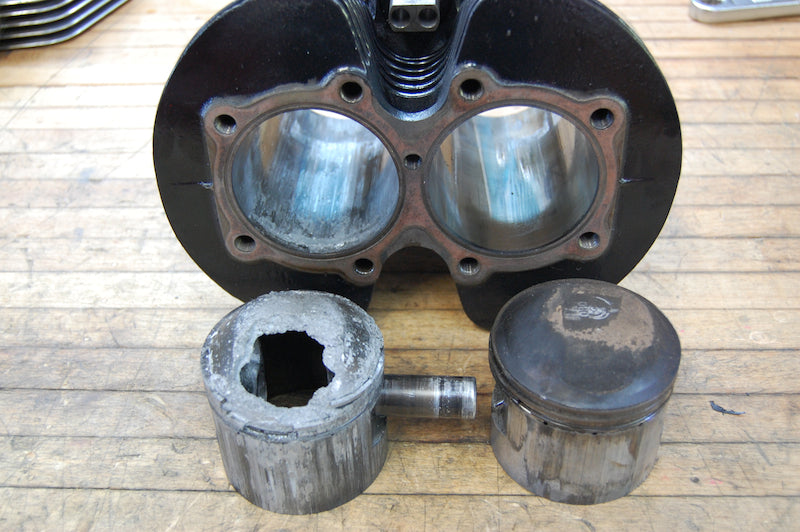Ethanol- what you should know...
The current Federally mandated percentage of ethanol in gasoline is 10% in most states.
Ethanol is hygroscopic- meaning it attracts water from the atmosphere- most commonly from the condensation in your tank. The water can then cause phase separation, when the alcohol is no longer suspended in the gasoline and the water/alcohol mix settles to the bottom of the tank. This mix will not burn and the remaining fuel now has a lower octane. It is best to dispose of phase separated fuel as hazardous waste in accordance with local laws.

Alcohol is corrosive and can degrade plastic, rubber, and some metals that were not designed for use with alcohol. Ethanol will destroy fiberglass tanks and turn them to a jelly like substance. It can also destroy the material in some petcocks, leading to internal leaking and fuel wash.
Highly tuned air cooled engines can run leaner (and consequently hotter) on the lower Btu/gallon alcohol mix, potentially leading to melted pistons and scuffed cylinder walls.

Ethanol fuel blends when exposed to air have a shelf life of 90 days- sooner if exposed to moisture or water.
Ethanol leaves a gummy residue when evaporated, which can clog orifices in carburetors, especially Amal concentrics.
What you should do...
Make sure you have ethanol resistant fuel lines.
Do not use a fiberglass tank unless it is treated with an alcohol safe liner.
Check your carburetor jetting- the factory carb recommendations were for gasoline, not alcohol/gasoline mixes. Usually increasing the main jet size by 10% works well for Amal carbs.
Do not leave ethanol fuel in your tank for extended periods.
Replace any plastic needles or floats in vintage Amal carbs with viton tipped needles and StayUp floats.
